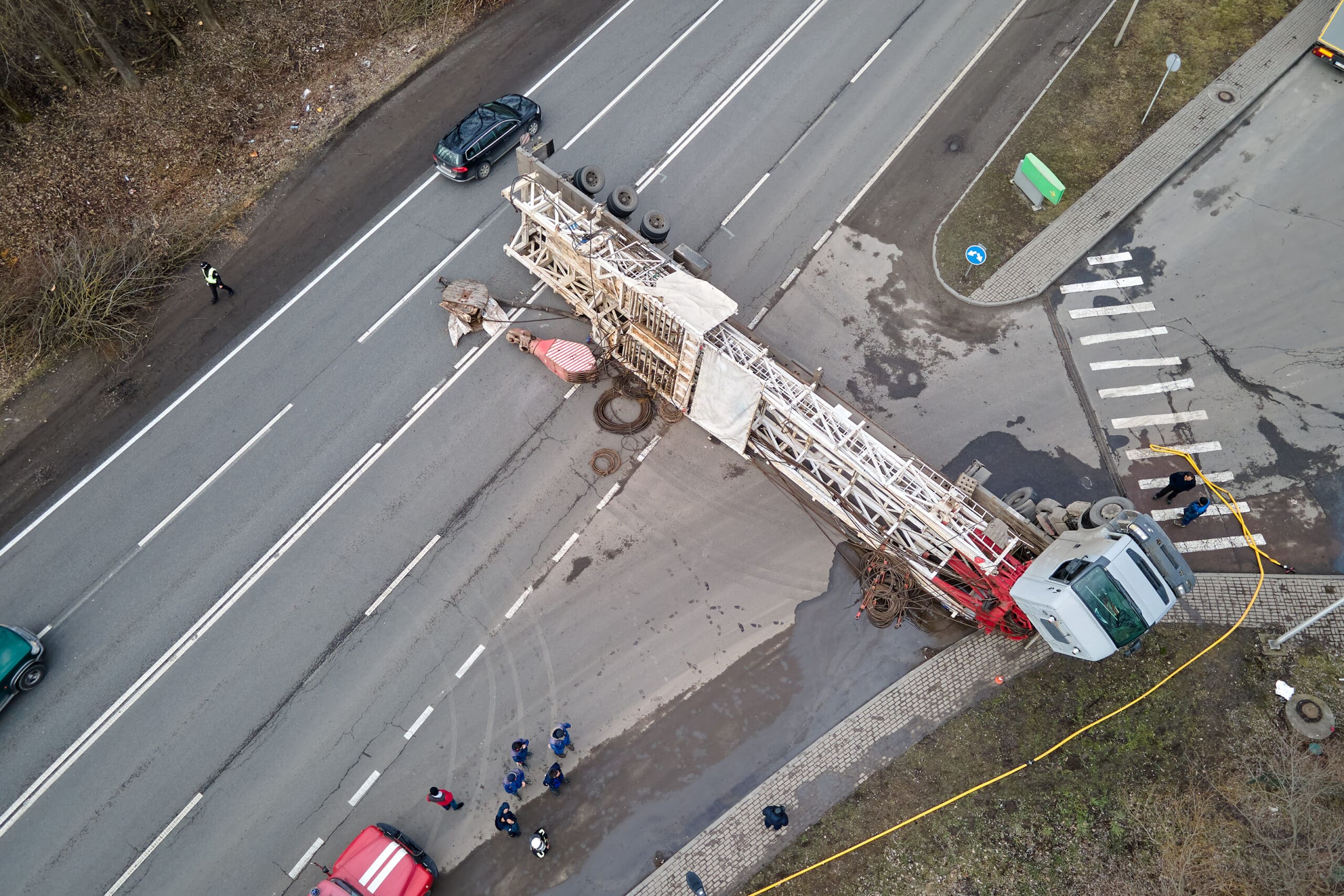Injury Litigation
The process of suing for injury is a legal procedure through which you can recover compensation for your injuries and losses. Your lawyer will use strong evidence to prove your case. This includes eyewitness testimony, medical documents, defendant's statements, and expert witness opinions.
Your lawyer will begin the process of filing your lawsuit. Once the defendant has responded to your lawsuit, the case goes into the phase of fact-finding known as discovery.

The Complaint
Before a lawsuit can be filed, the injured party (plaintiff) must conduct pre-lawsuit discovery. This involves reading police accident reports, conducting informal discovery and identifying responsible parties.
After the plaintiff has completed this, they can make a complaint and summons. The complaint is a formal declaration of the party who is being sued and exposes the harm caused by the defendant's actions or inaction. It usually includes a request for compensation to compensate the victim for their injuries, including medical bills and lost wages as well as pain and suffering, among other damages.
The defendant is then given 30 days to file a response, known as an answer in which they acknowledge or deny the allegations made in the complaint. They may also file an appeal or add a third-party defendant the suit.
During the discovery phase, both sides will exchange relevant information about their positions and the evidence in the case. This usually involves depositions, written questions (called interrogatories), and requests for documents. This process usually occupies the majority of the timeline for the lawsuit. If there are settlement possibilities, they will take place during this period. If not the case will proceed to trial. In this instance your lawyer will provide your perspective to a judge or jury and the defendant will put on their defense.
The Discovery Phase
Discovery is a formal procedure that allows you and your legal team to share information with the other party and collect evidence. It could include witness statements, information regarding your medical treatment, and proof of the expenses you have incurred. Your attorney may also employ different tools during discovery to aid your case, including interrogatories, documents requests and depositions. injury law firm roseville are questions which require a response in writing as well as requests for documents involves requesting all relevant documentation that is under the control of the parties. Requests for admission ask the other party to accept certain facts. This can save time and money since the attorneys don't have to prove these facts during trial. Depositions are recorded interviews with witnesses in which your attorney can inquire about the incident under oath. get their answers recorded, and then transcribed by a court reporter.
Discovery may seem like an uncomfortable, lengthy and invasive process, but it's necessary to collect the evidence you need to win your injury claim. During your free consultation the attorney will be able to explain the details of the discovery process. For instance, if attempt to conceal a preexisting condition that has aggravated your injury and this information is discovered during the discovery process and thrown out of your case.
The Negotiation Phase
A settlement that is negotiated is the goal of most lawsuits involving injuries. The process typically involves an exchange of back-and forth between your lawyer and the responsible party's insurer. This may include informal conversations/correspondence (by phone, in meetings, by email) where the parties trade offers and counter-offers. Your lawyer can help you in deciding on the number of settlements you would like to seek and assist in negotiations.
The amount of damages, including medical bills, lost wages, and future losses, is a variable that is always changing. Your injuries can get worse over time. This could lead to a rise in future losses or diminish the value of your current losses. Your lawyer will ensure that your damages are based on the current state of your injuries as well as an accurate prediction of your future recovery.
Often insurance companies are trying to limit the amount they pay for claims by arguing against specific elements of your case. This can prolong settlement negotiations, but your lawyer has strategies to help you overcome these difficulties and achieve the best possible outcome for your case. In certain cases, the process of negotiating an agreement could be a long process that can take months or even years. Negotiations can take months or even a whole year based on many factors.
The Trial Phase
The majority of injury cases are settled outside of court through settlement negotiations. If an agreement is not reached, your lawyer may decide to go to trial. It is a stressful long, expensive and costly process. The jury will also have to decide if you are compensated for your injuries and in the event that they do, how much. Your lawyer should investigate your case to discover the circumstances surrounding your injury, as well as the severity of damages, injuries, and costs.
Your lawyer will now call witnesses as well as experts and present physical evidence, including photographs or documents as well as medical reports. This is known as the case-in-chief phase. The defense attorney will summon witnesses to testify and argue that the plaintiff shouldn't be awarded damages. The judge or jury will then consider the evidence and arguments presented by both parties.
The judge will explain to the jury the legal requirements that must be followed in order to decide in the favor of plaintiff or against defendant. This is referred to as jury instruction. Each side then gives its closing arguments. If the jury cannot agree on a decision, the judge will declare that the trial is a mistrial. In some rare instances appeals may be available if you're not satisfied with the result of your trial.
